Nanophotonics is the science of controlling the emission, propagation, scattering, amplification, switching and detection of light on nanometer length scales, much smaller than the wavelength. The Resonant Nanophotonics team at AMOLF works on matching the length scales of light to the length scales of matter, for instance in form of single quantum emitters. We primarily work on broadband structures for strong light-matter interaction, such as strongly scattering plasmonic and metamaterial systems. We regard these systems as being composed as elementary resonant building blocks with a fundamental electric and/or magnetic dipolar response with the largest possible polarizability per volume. Their large cross sections, multiple scattering, and control of coherent interactions by tuning geometry and building blocks make this an ideal toolbox for exploring broadband control over light. Recently, we also embarked on hybrid plasmonic-photonic systems, that combine plasmonic scatterers for confinement with microcavities for high quality factors.We develop advanced experimental infrastructure on the interface of single molecule microscopy, laser spectroscopy and nanotechnology, and collaborate with theoretical as well as industrial partners. Our group is affiliated with the Institute of Physics at the University of Amsterdam.
Explore
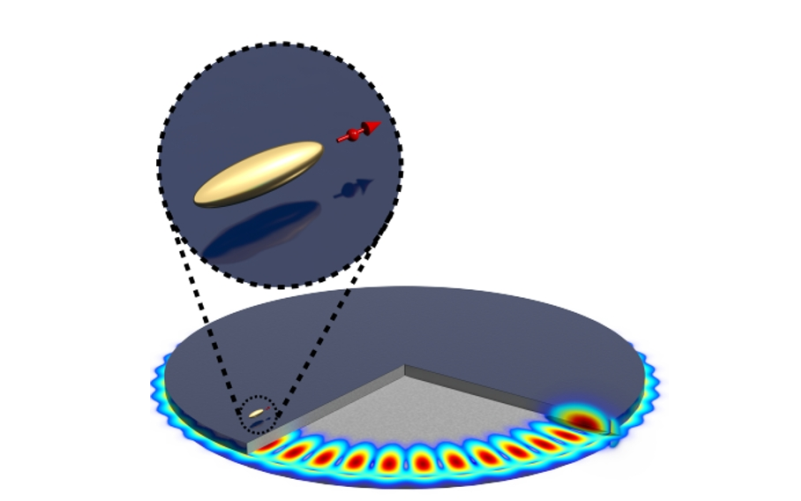
Hybrid nanophotonic architectures
State of the art nanophotonics either uses ultra-high Q microcavities or alternatively broadband plasmonic antennas to achieve strong coupling between photon...
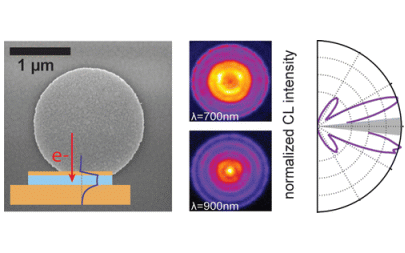
Nano-antennas, phased arrays, plasmon lattice lasers
Most of the sources of light that nature provides are electronic transitions in atoms and molecules. This means that elementary emitters of photons are by th...
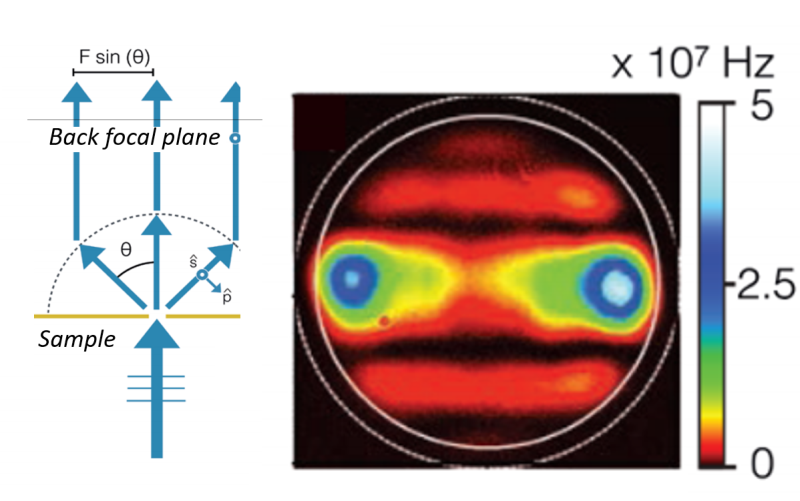
k-space and real space microscopy of single nano-objects
Working with single nano-antennas and single quantum emitters directly implies a strong interest in nanoscopy, and nano-manipulation. Questions one immedia...
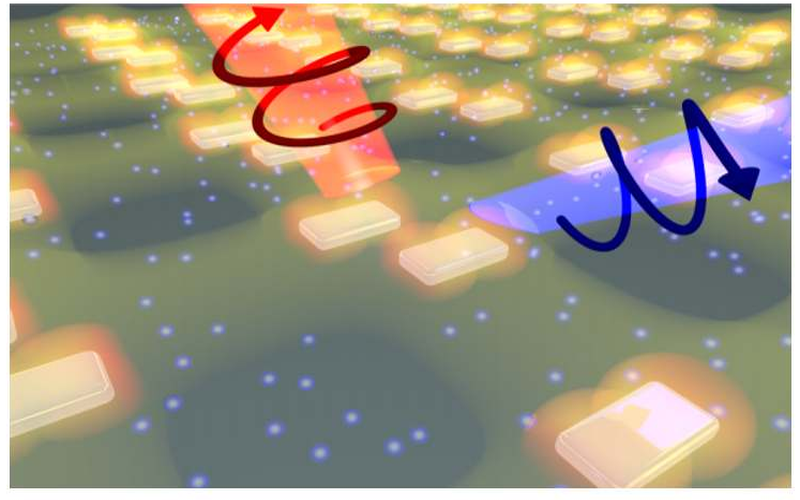
Metamaterials, scattering of complex structures
When using single subwavelength structures to control the scattering and emission of light, a very important consideration is what electric and magnetic mult...
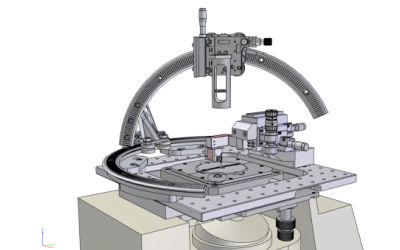
Our infrastructure
The Resonant Nanophotonics group develops state of the art methods in nanoscopy, fluorescence microscopy and single molecule microscopy, scatterometry, near-...
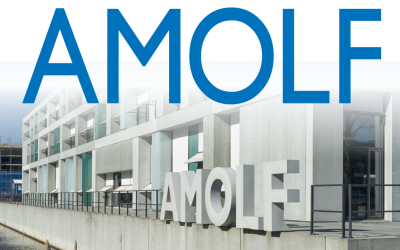
AMOLF
AMOLF is the NWO-I national institute focusing on Physics of Functional Matter. We are part of the Center for Nanophotonics - 6 groups in nanophotonics and nanophotovoltaics.
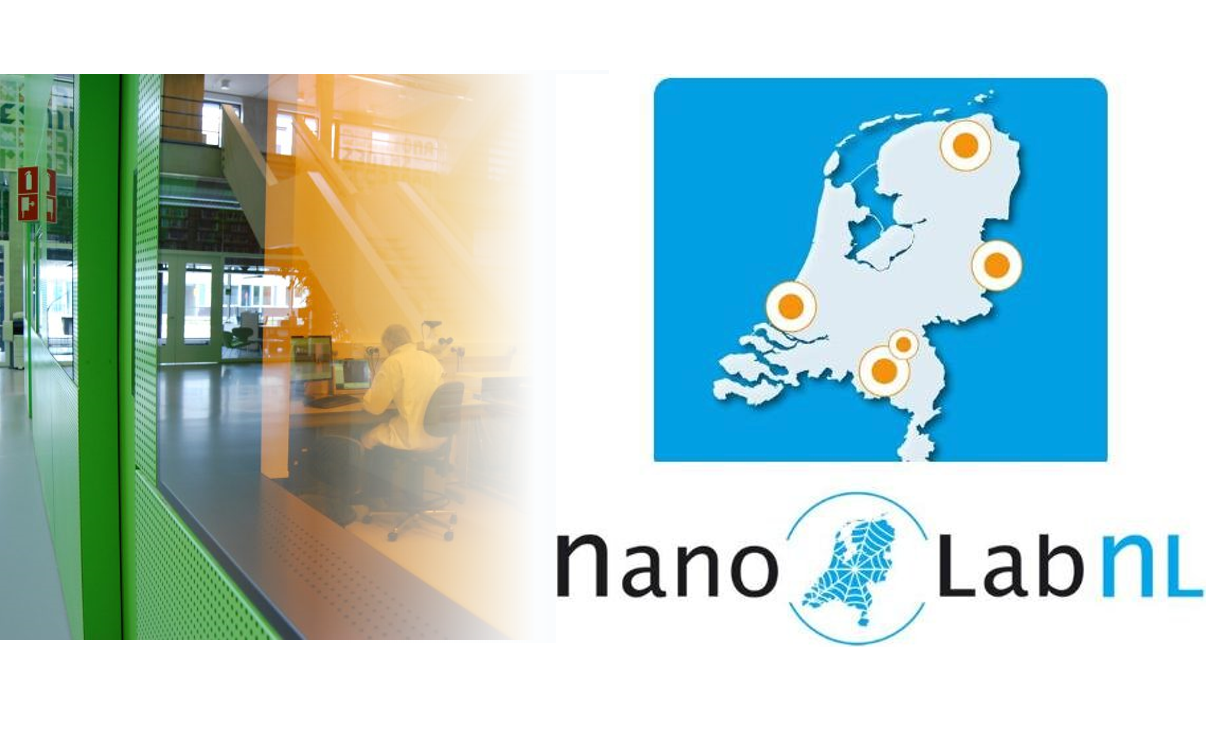
AMOLF Nanolab
AMOLF Nanolab Amsterdam, part of NanolabNL, at AMOLF is the Amsterdam area cleanroom with state-of-the-art lithography, thin-film deposition and electron microscopy

UvA physics
our group is affiliated with the Institute of Physics at the University of Amsterdam. We collaborate with groups in atomic physics, optoelectronics and soft matter, teach, and train MSc students
